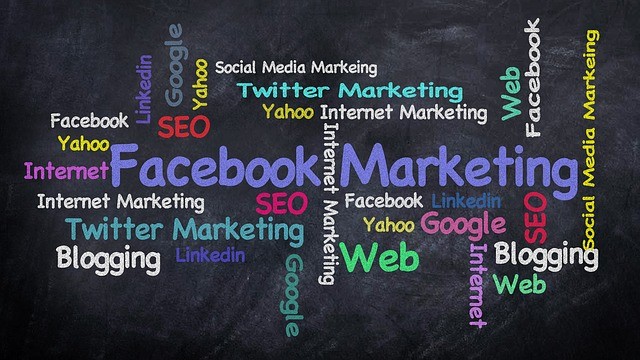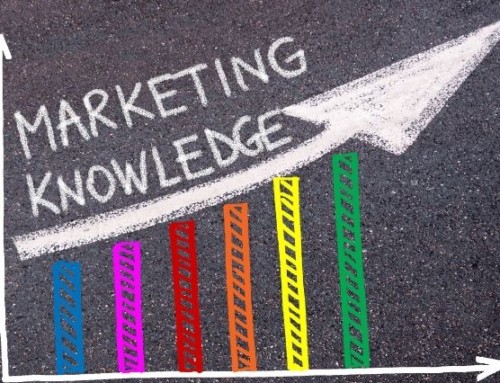There are a lot of small business owners who are wearing multiple hats, running every aspect of their company from sales to marketing to operations to accounting. Others may be fortunate enough to be able to outsource marketing to marketing professional. Regardless of which situation you’re in, there are marketing terms small business owners should know to better understand how marketing works and more importantly, how to measure it. Familiarize yourself with these terms, and you’ll have a better handle on your marketing efforts overall.
Marketing Terms
A/B Testing
A/B testing, also known as split testing, is a method of comparing two versions of a web page against each other to determine which one performs better.
Algorithm
A algorithm is complex computer program used by search engines such as Google to retrieve data and deliver those results for a query. Search engines use a several algorithms to deliver web pages in search results based on a number of ranking factors and signals.
Blogging
 A business blog will typically include regular entries of observations, commentary, descriptions of events, or other information, such as photos, infographics and video. Blogging is a core component of inbound marketing, as it can contribute to website traffic growth, thought leadership, and lead generation.
A business blog will typically include regular entries of observations, commentary, descriptions of events, or other information, such as photos, infographics and video. Blogging is a core component of inbound marketing, as it can contribute to website traffic growth, thought leadership, and lead generation.
Bounce Rate
The percentage of website visitors who leave the site without visiting another page on that website. A higher bounce rate can indicate potential content or website issues.
Call to Action (CTA)
A call to action (CTA) is a statement designed to get an immediate response from the person reading or hearing it. It’s used in business as part of a marketing strategy to get your target market to respond through action.
Clickthrough Rate (CTR)
The percentage of your audience that clicks through from one part of your website to the next step of your marketing campaign. The higher the CTR, the better.
Conversion Rate
The percentage of people who completed a desired action on a single web page, such as downloading a white paper, requesting a demo or filling out a form. Web pages with high conversion rates are performing well, while pages with low conversion rates are performing poorly.
Engagement Metrics
Methods to measure how users are interact with webpages and content. Examples of engagement metrics include:
- Click-through rate
- Conversion rate
- Bounce rate
- Time on page/site
- New vs. returning visitors
Google Analytics
 A free web analytics program that can be used to track audience behavior, traffic acquisition sources, content performance, and much more. Critical component to measure effectiveness of online efforts related to your website.
A free web analytics program that can be used to track audience behavior, traffic acquisition sources, content performance, and much more. Critical component to measure effectiveness of online efforts related to your website.
Landing Page
A landing page is a specific page customized for a specific product or service and a specific type of visitor with a goal of converting the visitor on some type of offer. Creating a successful landing page requires A/B testing to optimize the conversion rate.
Lead Nurturing
Lead nurturing is the practice of developing a series of communications such as emails, social media messages, or text messages, etc. that seek to qualify a lead, keep it engaged, and gradually push it through the sales process to ultimately become a sale.
Marketing Strategy
Marketing strategy shows how you’re going to improve your business results. Your marketing strategy should answer these 4 questions: what you are going to sell, how you are going to price it, where potential customers will be able to find your products and how you are going to promote it. On the top of that, it should contain goals you want to achieve so that you’re able to see how effective your strategy is.
Organic Search
Unpaid listings that appear on a SERP. Organic search results are designed to give users the most relevant result based on their query.
Paid Search
Paid search marketing means you advertise within the sponsored listings of a search engine or a partner site by paying either each time your ad is clicked (also known as pay-per-click – PPC) or when your ad is displayed on a website, where you’re charged by impression or appearance.
SEO
SEO stands for “search engine optimization” and involves the process of getting traffic from the free, organic, editorial or natural search results on search engines. It does not include paid search.
SERPS
A search engine results page (SERP) is the page displayed by a web search engine in response to a query by a searcher. It is the listing of results that are returned by a search engine in response to a keyword search, and also contains other results such as advertisements.
Target Audience
 A target audience is the demographic of people most likely to be interested in your product or service. It’s imperative that you know who your target audience is, and how to reach them. This is typically determined during marketing strategy creation.
A target audience is the demographic of people most likely to be interested in your product or service. It’s imperative that you know who your target audience is, and how to reach them. This is typically determined during marketing strategy creation.
Understanding how to market, where to market, and how to measure your efforts is a critical part of your overall small business marketing efforts. These terms come up often during such efforts, and having a clear understanding will help you better manage your marketing. These are just a few marketing terms small business owners should know to better familiarize themselves with marketing overall.
- Marketing Tactics That Your Small Business Can Do for Free - January 10, 2024
- How to Create Images for Your Small Business Website - December 6, 2023
- How Small Businesses Benefit from Referrals - November 6, 2023





